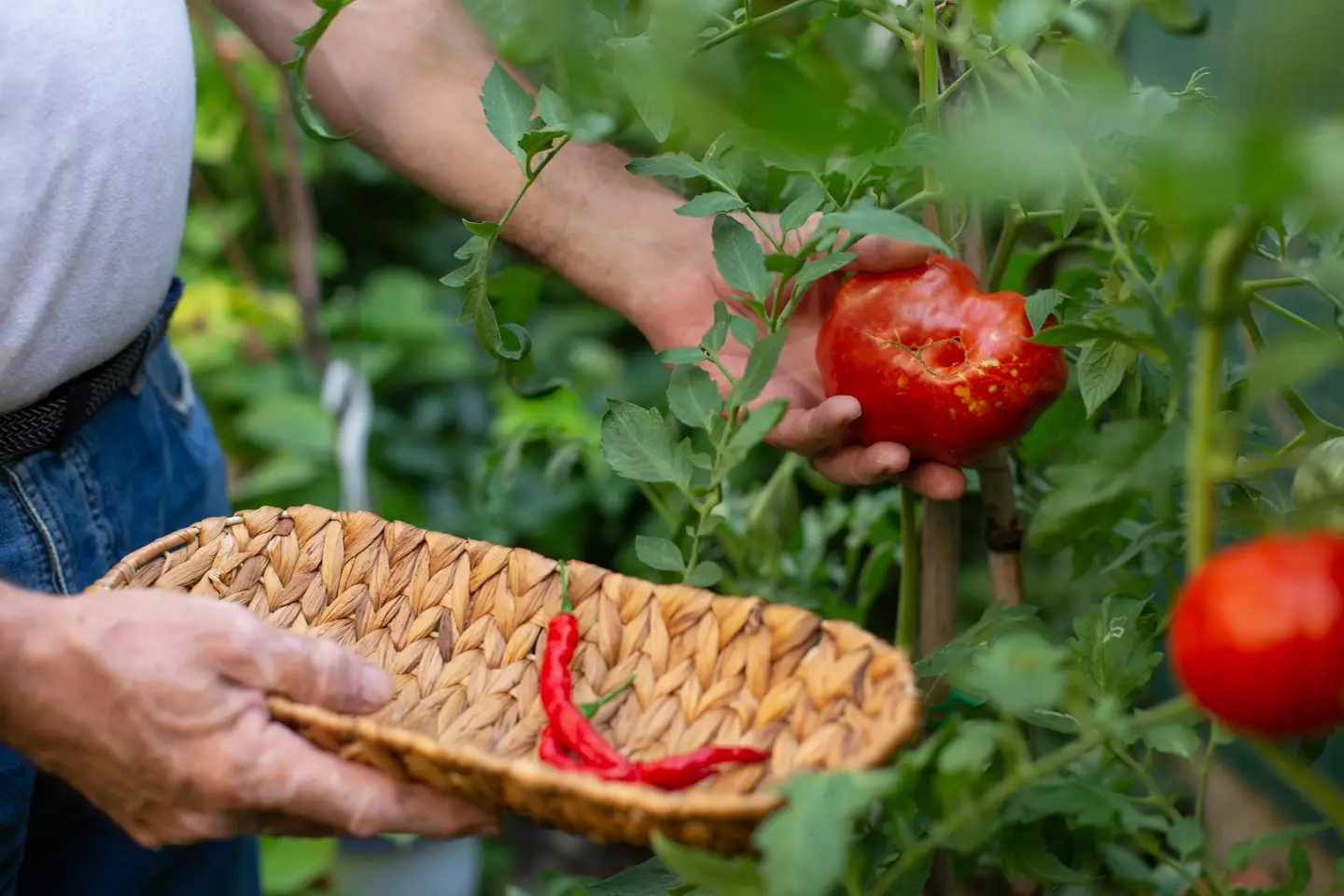
Food poisoning is a horrible but, thankfully, often short-lived problem in which our bodies are fending off an infection from the likes of salmonella, E. coli or listeria.
These foodborne bacteria can make us feel nauseous, trigger diarrhoea and vomiting, increase the risk of dehydration, and make us feel generally awful.
For the elderly, young children, and immunocompromised, food poisoning can be more serious and may require hospital treatment.
Experts have issued a warning over a particular salmonella outbreak that’s been doing the rounds since January 2023, with almost 300 confirmed cases across the US and Europe.
Advert

The culprit is Salmonella Strathcona, a rare strain of the relatively common salmonella family.
Between January 2023 and September 2025, 289 cases were identified across 16 counties in Europe. Outside the European Union, the UK has had 29 cases while the US has had eight and Canada has had five.
Italy has been hit hardest with 78 confirmed cases, while Germany follows closely behind on 68. Austria has confirmed 59 cases, and France has had 24.
Advert
The European Centre for Disease Prevention and Control (ECDC), and the European Food Safety Authority (EFSA) said that the five cases in Canada were in people who had travelled to Europe in 2023 or 2024.
Following investigations into the outbreak’s source, cherry tomatoes from Sicily, Italy were identified as the culprits.
In response, Italy’s Ministry of Health began sampling and testing ciliegino and datterino cherry tomatoes for Salmonella Strathcona, requiring local health authorities to perform at least one sample and test by the close of 2024.

Advert
Between January and August 2025, there have confirmed Salmonella Strathcona cases across nine countries in Europe, with Italy registering the most at 11.
Four patients said they had recently eaten tomatoes, with the remaining 2025 cases. Other cases have been reported in Denmark, France, the Czech Republic, the Netherlands, Norway, and Ireland.
The Salmonella Strathcona strain was first identified as a public health concern in 2011, with seasonal outbreaks following in the years since. June through to October have shown the highest incidence rates.
“The recurrence of cases in 2025, including those without travel history, suggests ongoing transmission and distribution of contaminated produce beyond Italy,” said a spokesperson for the ECDC. “The presence of cases in multiple countries underscores the need for continued surveillance and cross-sector coordinated response.
Advert

“The risk for new infections remains as long as the seasonal delivery of contaminated produce continues. New outbreaks are likely to occur in future seasons until the root cause of the contamination has been identified and control measures implemented. The role of the environment should also be investigated to identify the point of entry at which contamination with Salmonella Strathcona is occurring.”
As to how worried we should be, the incidence rates are staggeringly low. With only a handful of cases reported in Europe in 2025, it’s worth remembering that there are around 448 million people in the European Union alone.
So, do rinse your tomatoes, but don’t lose any sleep over it.
